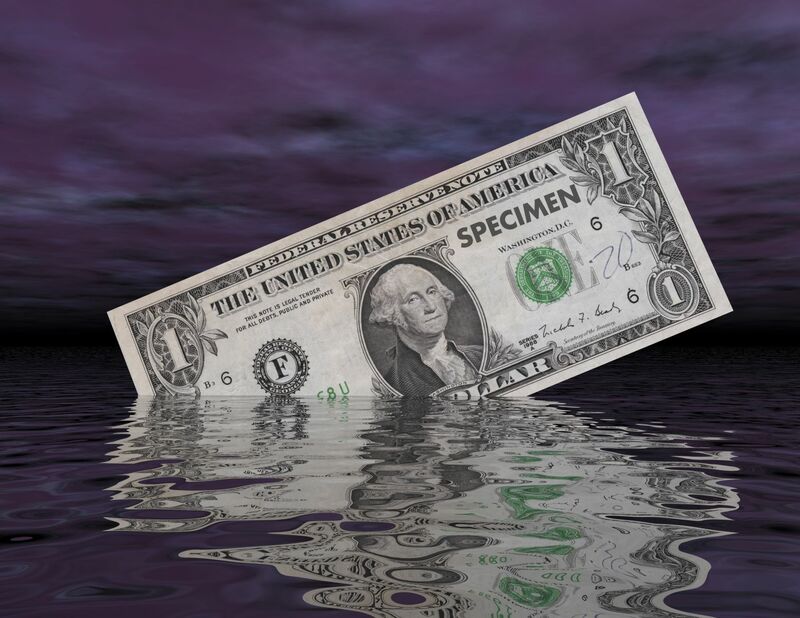
The dollar index (DXY00) on Monday fell by -0.24%. The dollar on Monday retreated from a 5-week high and posted moderate losses as stocks moved higher, curbing liquidity demand for the dollar. The dollar was also under pressure after the U.S. May Empire manufacturing index fell more than expected to a 4-month low. Hawkish comments Monday from Atlanta Fed President Bostic and Minneapolis Fed President Kashkari limited losses in the dollar.
Monday’s U.S. economic news was bearish for the dollar after the May Empire manufacturing survey general business conditions index fell -42.6 to a 4-month low of -31.8, weaker than expectations of -3.9.
Fed comments on Monday were hawkish for monetary policy and bullish for the dollar. Minneapolis Fed President Kashkari said, "We have not seen much softening in the labor market, so that tells me we have a long way to go before we get inflation back down" to our 2% goal. Also, Atlanta Fed President Bostic said high inflation suggests the Fed may need bias to hike rates further, and he doesn't expect to cut interest rates until well into 2024.
EUR/USD (^EURUSD) on Monday rose by +0.24%. A weaker dollar Monday was bullish for the euro. The euro also found support from Monday’s move by the European Commission to raise its Eurozone 2023 GDP and inflation forecasts. The euro Monday initially fell to a 5-week low after news that Eurozone Mar industrial production fell by the most in 8 months.
The European Commission raised its Eurozone 2023 GDP forecast to +1.1% from a previous estimate of +1.0% and raised its 2023 inflation estimate to +5.8% from a prior estimate of +5.6% y/y, citing the strength of underlying pressures.
Eurozone Mar industrial production fell -4.1% m/m, weaker than expectations of -2.8% m/m and the biggest decline in 8 months.
The German Apr wholesale price index fell -0.5% y/y, the biggest decline in over two years.
USD/JPY (^USDJPY) on Monday rose by +0.26%. The yen on Monday posted moderate losses and fell to a 1-1/2 week low. Higher T-note yields Monday weighed on the yen. Also, weaker-than-expected Japanese producer price and machine tool orders reports were dovish for BOJ policy and bearish for the yen. In addition, Monday’s rally in the Nikkei Stock Index to a 17-1/2 month high reduced the safe-haven demand for the yen.
Japan's Apr PPI eased to +5.8% y/y from +7.4% y/y in Mar, the smallest increase in 20 months.
Japan Apr machine tool orders fell -14.4% y/y, the fourth consecutive month orders have declined.
June gold (GCM3) on Monday closed up +2.90 (+0.14%), and July silver (SIN23) closed up +0.137 (+0.57%). Precious metals on Monday posted moderate gains. A weaker dollar on Monday was bullish for metals prices. Also, concern about the health of the U.S. banking system and the U.S. debt limit impasse boosted safe-haven demand for precious metals. However, limiting gains in metals prices was higher global bond yields and hawkish comments from Atlanta Fed President Bostic and Minneapolis Fed President Kashkari, who said the Fed might need to hike rates further. Industrial metals demand concerns also weighed on silver prices after Monday’s news showed the U.S. May Empire manufacturing index fell to a 4-month low.
On the date of publication, Rich Asplund did not have (either directly or indirectly) positions in any of the securities mentioned in this article. All information and data in this article is solely for informational purposes. For more information please view the Barchart Disclosure Policy here.






